Entry Category: Education
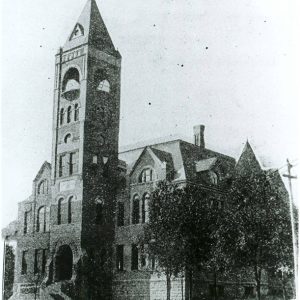 Centennial School
Centennial School
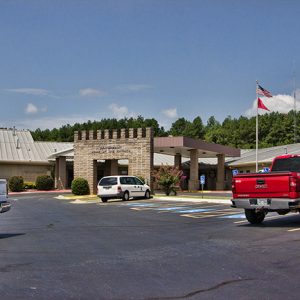 Centerpoint High School
Centerpoint High School
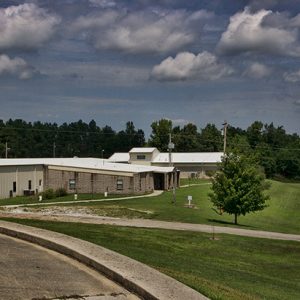 Centerpoint High School FFA
Centerpoint High School FFA
Central Arkansas Library System
Central Baptist College
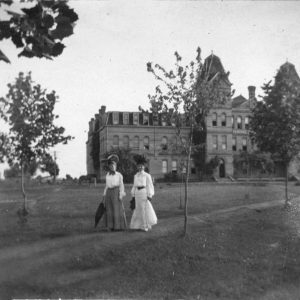 Central College
Central College
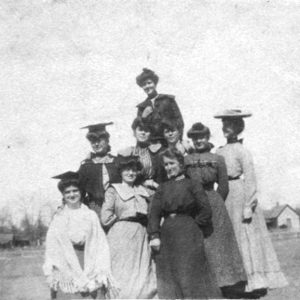 Central College
Central College
Central College for Women
 Central College Students
Central College Students
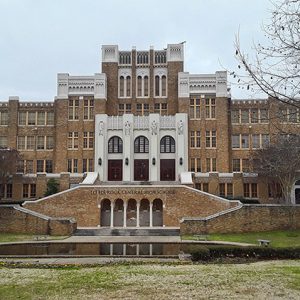 Central High School
Central High School
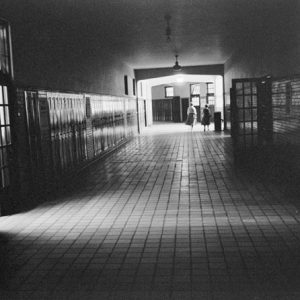 Central High School
Central High School
 Central High School
Central High School
Central High School, Desegregation of
aka: Crisis at Central High
aka: Little Rock Desegregation Crisis
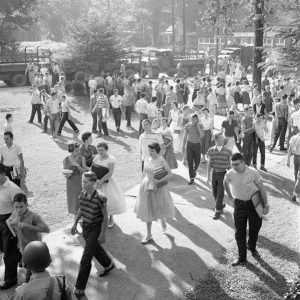 Central High Students
Central High Students
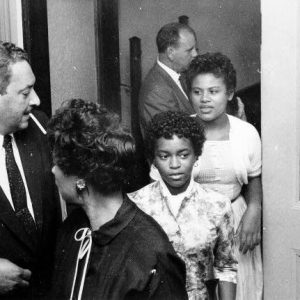 Central High Students Leaving Federal Court, 1957
Central High Students Leaving Federal Court, 1957
 Central High School Desegregation Commemorative Book
Central High School Desegregation Commemorative Book
Chaffin, Charlie Francis Cole
 Chamberlin Complex
Chamberlin Complex
Chamberlin, Henry Howard “Hank”
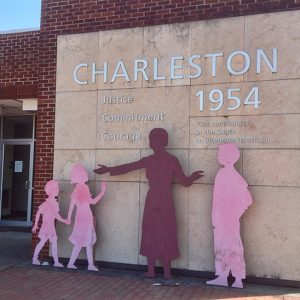 Charleston Desegregation Exhibit
Charleston Desegregation Exhibit
 Charleston School Building
Charleston School Building
Charleston Schools, Desegregation of
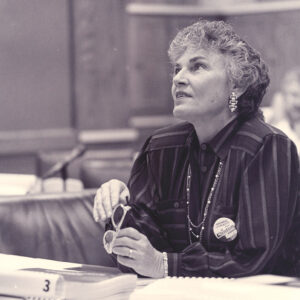 Charlie Chaffin
Charlie Chaffin
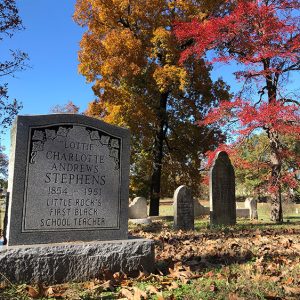 Charlotte Stephens Grave
Charlotte Stephens Grave
Charter Schools
Chautauqua
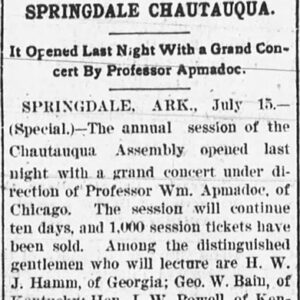 Chautauqua Article
Chautauqua Article
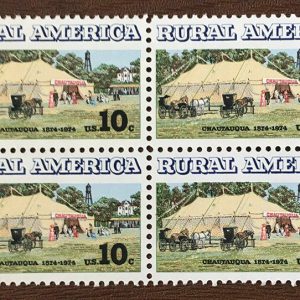 Chautauqua Stamps
Chautauqua Stamps
Chowning, Ann
Christ Church Parochial and Industrial School
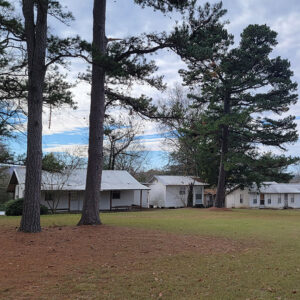 Christadelphian School Buildings
Christadelphian School Buildings
 Christadelphian Tabernacle
Christadelphian Tabernacle
 LeRoy Christophe
LeRoy Christophe
 Circuit Chautauqua
Circuit Chautauqua
 Clarendon High School
Clarendon High School
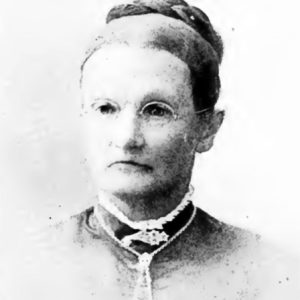 Alida Clawson Clark
Alida Clawson Clark
Clark, Alida Clawson
Clark, Calvin
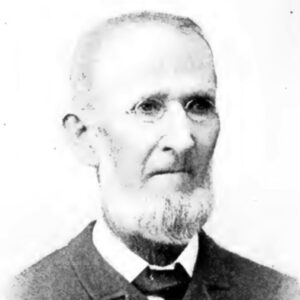 Calvin Clark
Calvin Clark
Clarke’s Academy
Clarksville High School Building No. 1
 Hillary Clinton
Hillary Clinton
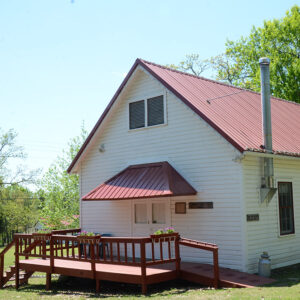 Coal Gap School
Coal Gap School
Cold Springs School
aka: Hepsey School
Cold Water School
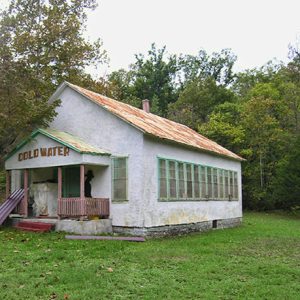 Cold Water School
Cold Water School
College Station Freedom School
Colored Industrial Institute
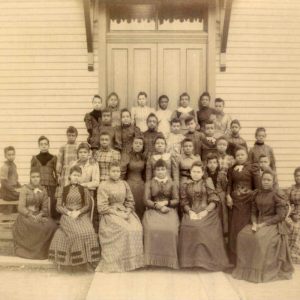 Colored Industrial Institute Students
Colored Industrial Institute Students




